Aware that she holds a senior position at the State Library of New South Wales, I inadvertently refer to Margot Riley as a librarian and am put firmly in my place.
“I’m NOT a librarian,” she says emphatically. “I’m a curator. There is a difference.”
Mea culpa. Indeed there is. Librarians are concerned with books, manuscripts and printed matter. Curators have a broader remit. They are caring custodians of collections of pictures and objects, they organise exhibitions and manage conservation of fragile material.
Right now at the State Library of New South Wales, there are two superb exhibitions, both free to the public, in which Riley has had a hand. For one, a magisterial display of paintings from the Library’s collection, she was, as she elegantly puts it, part of a four-person curatorium. On Memories on Glass, she worked solo.
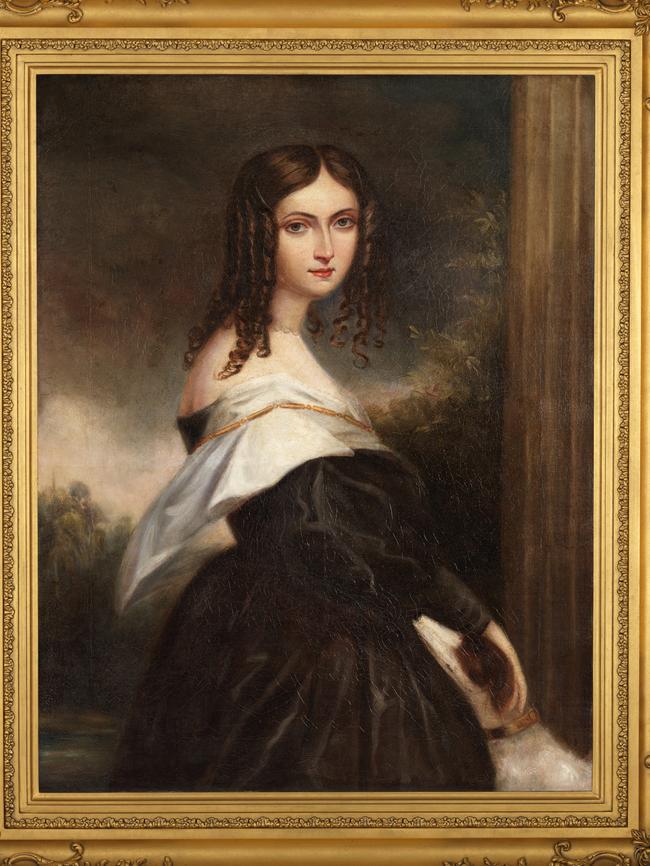
I respond positively to her directness, her dry, wry humour. And to her openness.
I mention the name of a well-known Sydney antique dealer who specialises in Australian colonial furniture and ephemera and is an authority on both.
“You’re married to Andy Simpson, aren’t you?” I say.
“We’re not married,” she replies briskly: “I’m not the marrying kind. We met when I came back from New York in his shop on Queen Street. We had lunch at Bistro Moncur. We’re celebrating 20 years together with a cruise later this year.”
That both are interested in times past, in objects rare and mundane, addicted to historical research and share a love for all things old, preferably those with interesting stories, may account for the longevity of their relationship. Initially they had separate houses. Now they have a big one, where they live, so to speak, in the past, among early nineteenth century colonial cedar chaise longues, lace curtains, Berlin needlework and rare watercolours and paintings. While appreciating the modern, IKEA must seem anathema to them.
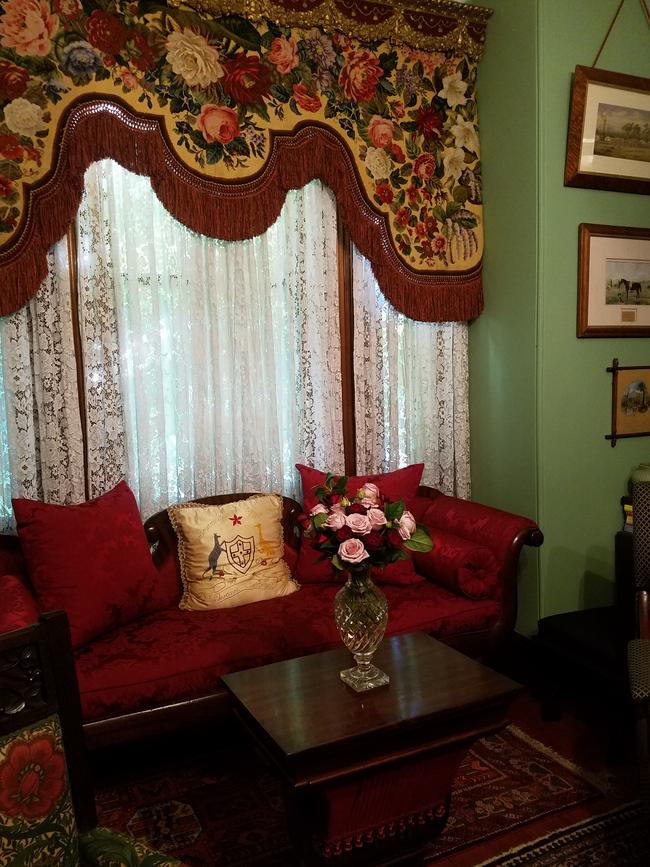
Riley tells me that Andy’s colleagues from all over have assembled in Sydney for the annual general meeting of the Australian Antique Dealers Association. “Right now I have a house full of antique dealers,” she says. “Tonight we’re dining together at Queen Chow.”
In the meantime we two are at lunch at Otto on Woolloomooloo Wharf. I am struck by her stylishness, her curly red hair, her smart navy blue dress, her silver ring set with a navy blue lapis-like stone, her snappy vintage Faigen pochette handbag, also navy blue. I’ve been told that Riley only wears navy blue. True?
“True. Jean Muir always wore navy blue.” Muir was a 60s British fashion icon, famous for soft, easy to wear fashion, usually in plain colours. Like navy blue.
Slowly but surely, a job evolved which became my job. - Margot Riley
And this confident highly personal look bespeaks a keen interest in fashion as well as objects, a view of clothing as a means of identification of period, personality and social status, all invaluable when researching paintings and identifying subjects.
International auction house Christie’s once had on staff a costume and textiles expert who was regularly consulted by grander persons from the Old Master department for help in establishing dates of particular paintings via costume. But we’re getting ahead of ourselves here. Back to beginnings.

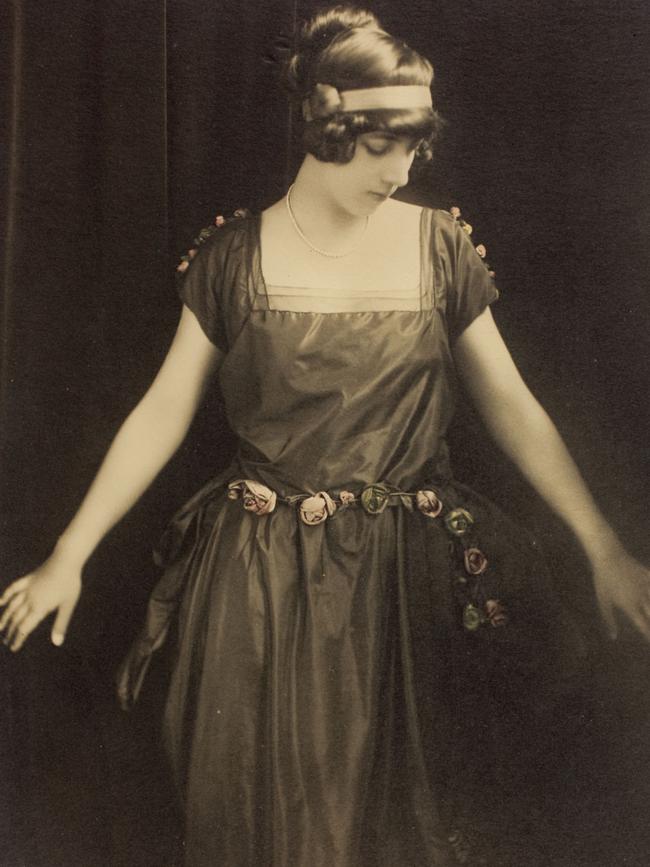
“I’m a Vaucluse girl. Born and bred. Went to Dover Heights Girl School. As curator I’m interested in cultural history. I love history. I was ten when I bought my first history text book at Gould’s bookshop. I always wanted to be a curator but in 1978 there was no such thing. Food was a secondary interest so I went off to be a food technologist. I’d done Home Economics at Dover Heights so I became a teacher on that subject at Sydney Girls High.
“I taught and travelled and then looked for a job. Initially, I volunteered for work at the Powerhouse and got my fist contract there in 1987. I worked on a project-to-project basis. It was difficult to get an ongoing position at that time.”
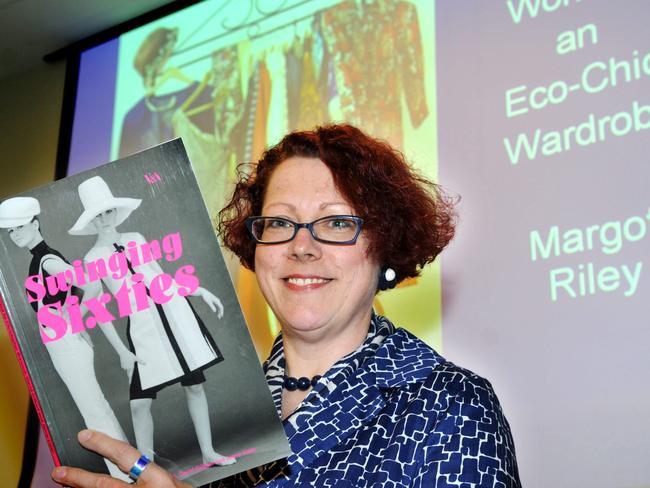
Riley pauses in this helter skelter curriculum and we order before resuming her career summary. “I’ve had a very eclectic kind of background. I decided I wanted to study overseas and I didn’t want to go to the Courtauld Institute in London. Their specialty is almost exclusively art history. So I went to New York and studied at the Fashion Institute of Technology in Manhattan.
“I came back to Australia and there were still no full time positions available. I worked on an exhibition called Hearth and Home at Elizabeth Bay House and on the archaeological collection at the Hyde Park Barracks and then I noticed an advertisement for a position as a picture researcher at the State Library.”
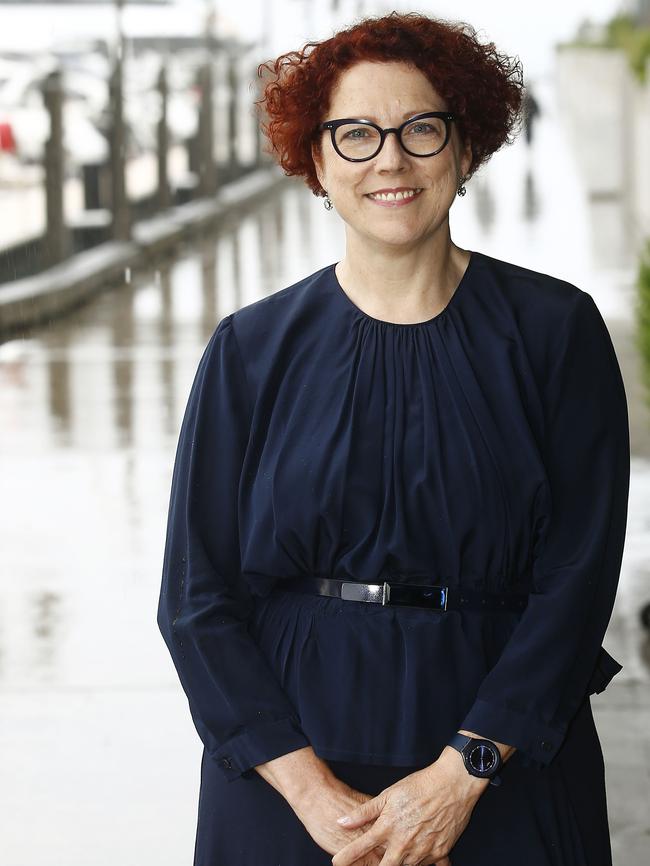
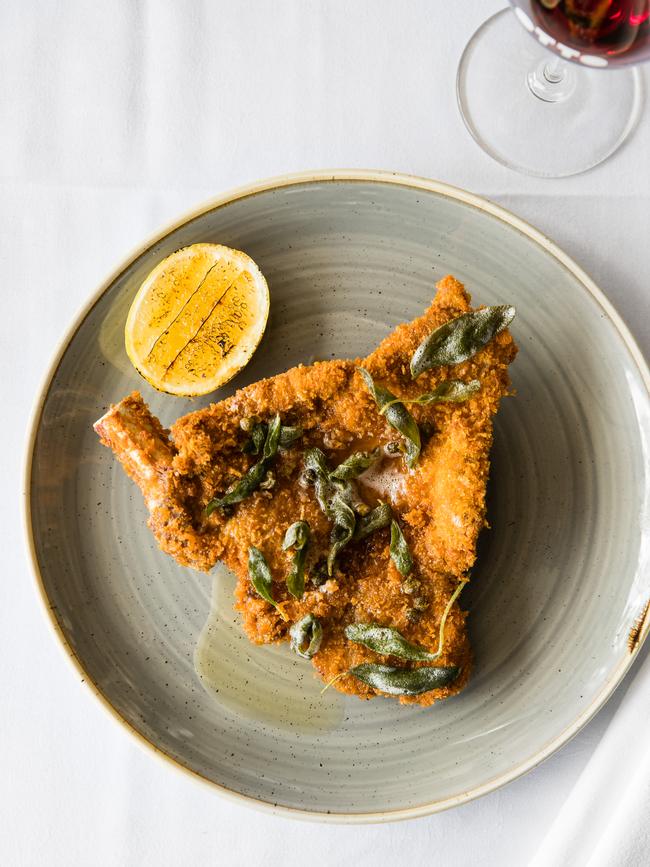
It involved research and identification of images, a service provided by the library to authors, editors and filmmakers, bringing hidden treasures to light. It was September 1998.
“Slowly but surely, a job evolved which became my job.”
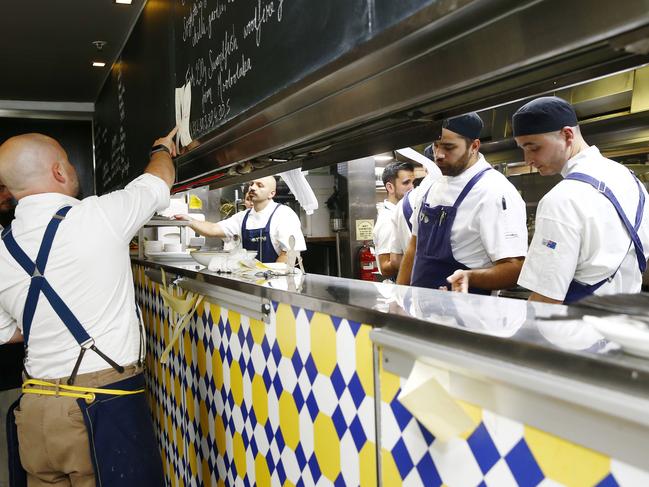
During her two decades at the State Library, Riley names On Sale: Shops and Shopping (2011), Flashback: 160 years of Australian Fashion photos (2012) and Australian Glamour: Model, Photographer Magazine (2013) among the favourite exhibitions she has curated.
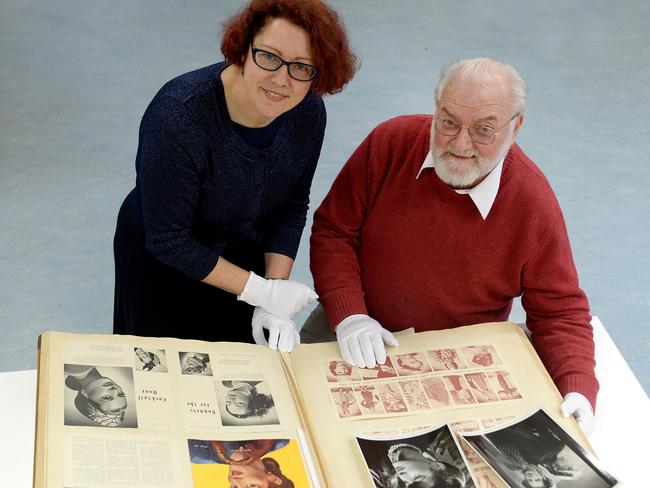
A former deputy director of the Powerhouse, Jennifer Sanders, is an admirer.
“Margot has carved out a fantastic career at the Library. She is very focused when she does research and her curatorial background has given her all the skills to properly research objects in the collection. She digs for the story behind an object.”
Riley has been doing some extensive digging of late, not books but a vast collection of “stunning oil paintings” from which 300 have been selected to move from the dark basement to the light of the spacious first floor galleries. The resulting show, Paintings from the Collection, has been a revelation for public and critics alike.
One subject of serious excavation, is an 1841 portrait by Maurice Felton of a young colonial era beauty, the 21-year-old Sophia Statham O’Brien. Acquired by the Library from Felton’s great grandson, it was in poor condition and X-rays revealed interesting underpainting. It’s now thought that the artist, who was also a naval surgeon, took a death mask after the subject’s demise and painted the portrait six months later. Riley’s detective work and powers of deduction would impress Agatha Christie.

While the painting show is a collective effort, the other current show, Memories on Glass, is all Riley’s own work. “It showcases a stunning array of photographs taken in and around Sydney and its suburbs by members of the wealthy Macpherson family” she says. “It’s a rare personal record of one Australian family’s way of life during the late Victorian and Edwardian eras.”
Like the portraits from the storeroom, these images on glass negatives have never been seen before and paint a picture of a vanished time in this city. They say that any country that ignores its past is doomed to have no future, so we must be grateful to the likes of Ms. Riley and the great institution where she works for the help they give us in understanding our social and cultural history.


Add your comment to this story
To join the conversation, please log in. Don't have an account? Register
Join the conversation, you are commenting as Logout